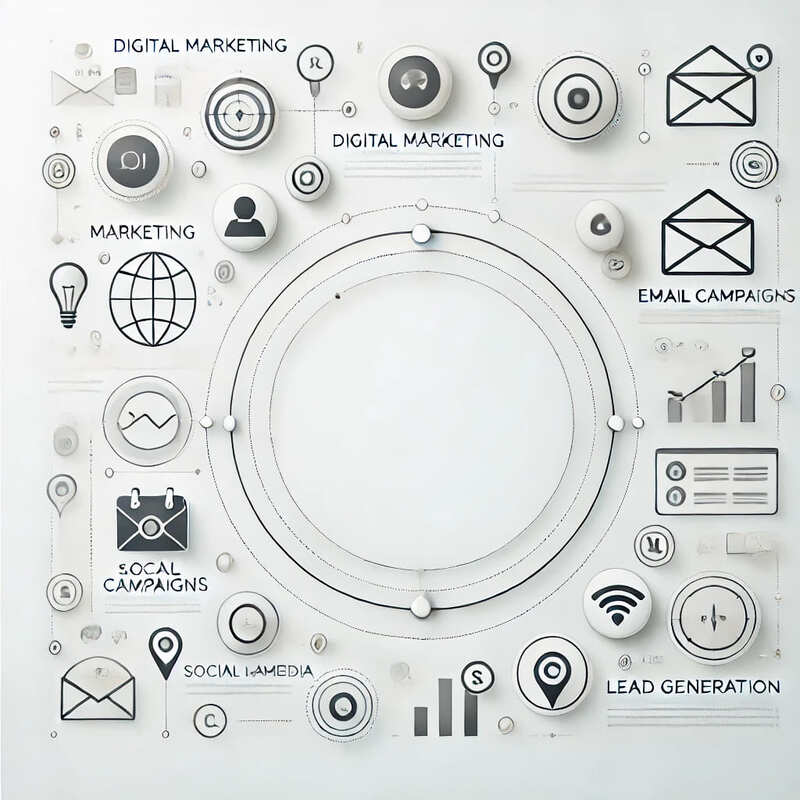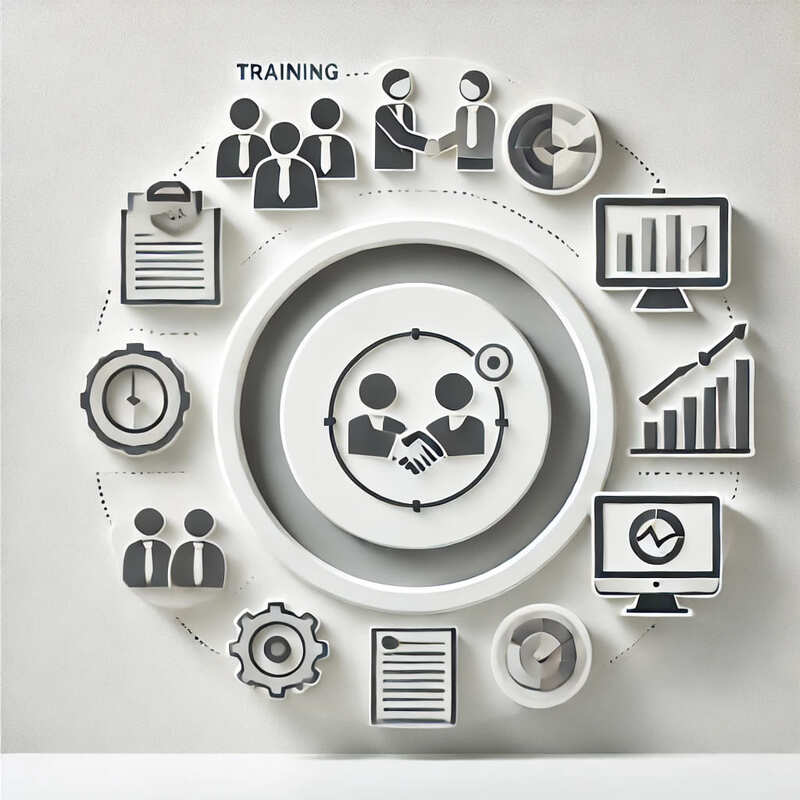Introduction
Understanding the buyer is not just about knowing who they are but also about comprehending their needs, motivations, and decision-making processes. This article will provide you with the tools and insights needed to understand your buyer deeply, which is crucial for tailoring your sales strategies effectively.
The Importance of Understanding the Buyer
Before diving into techniques and strategies, it’s essential to understand why knowing your buyer is so crucial:
- Personalized Sales: Tailoring your approach according to the buyer’s needs increases the likelihood of a sale.
- Efficient Targeting: Knowing who to target saves time and resources.
- Building Trust: Understanding the buyer’s pain points and needs helps in establishing credibility and trust.
- Long-term Relationships: A deep understanding of the buyer can lead to more meaningful and long-lasting business relationships.
Types of Buyers
- End Users: These are the people who will be using your product or service directly.
- Influencers: Individuals who may not use the product but have influence over the decision-making process.
- Decision Makers: The people who have the final say in whether or not to make a purchase.
- Gatekeepers: Those who control access to decision-makers or influencers.
Buyer Personas
Creating buyer personas can help in understanding the different types of buyers you’ll encounter. A buyer persona is a semi-fictional representation of your ideal customer based on market research and real data.
- Components of a Buyer Persona: Demographics, behavior patterns, motivations, goals.
The Buyer’s Journey
Understanding the stages that buyers go through can help you tailor your sales approach:
- Awareness Stage: The buyer realizes they have a problem.
- Consideration Stage: The buyer defines their problem and researches options.
- Decision Stage: The buyer chooses a solution.
Psychological Triggers
- Reciprocity: People feel obliged to return favors.
- Commitment: Once someone takes a small step towards a direction, they are more likely to continue in that direction.
- Social Proof: People tend to do what others are doing.
Communication Styles
Different buyers have different communication preferences. Some may prefer emails, while others may want a face-to-face meeting. Adapting your communication style to match the buyer’s preference can be a game-changer.
Key Takeaways
- Understanding the buyer is crucial for personalized, efficient, and effective sales.
- Different types of buyers have different needs and roles in the purchasing process.
- Psychological triggers can be leveraged to influence buyer behavior.



